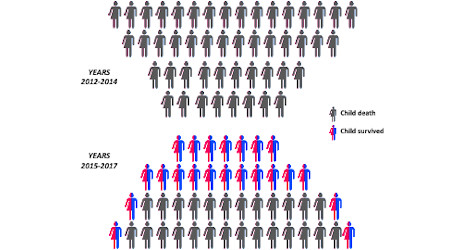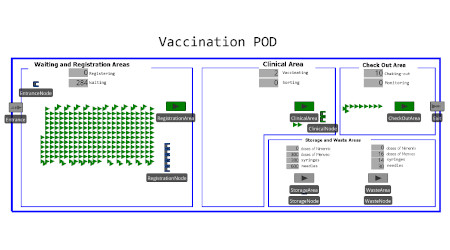Occupational health represents a main issue worldwide because workers amount to half the world’s population. Aim of this work is to assess general health status among COVA’s workers, using an innovative approach, integrating elements of epidemiology and of community health.
According to clinical records, from 1999 to 2018 hearing disorders (19.6%) represent the most common diseases among Centro Olio Val d’Agri (COVA)’s workers, with a significant increase in prevalence rate compared with Italy (11.29%, p<0.0001).
Contrariwise, a number of non-communicable diseases (hypertension, diseases of vertebral column, musculoskeletal disorders, hearth rhythm disorders, gastrointestinal disorders) were significantly decreased compared with national data. Also prevalence rate for neoplasms was lower than Italian benchmark: 12 cases of malignant tumor were detected, with a prevalence of 1.44% (National data 4.90%, p<0.0001).
Concerning individual lifestyles, COVA’s workers show significantly worse personal behaviors compared with the national data: an overweight/obesity rate of 62% was recorded, compared with a national data of 42.2% (p<0.0001); sedentary workers represent the 54.3% of the sample (national data 32.5%, p<0.0001); the 81% of the examined workers declares to consume alcohol (national data 55.1%, p<0.0001). Differently, no significant differences in tobacco smoking rate was recorded in comparison with national data.






